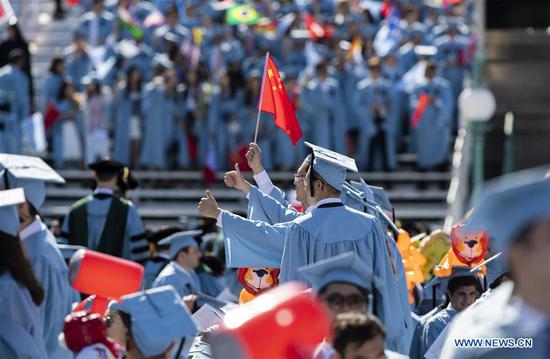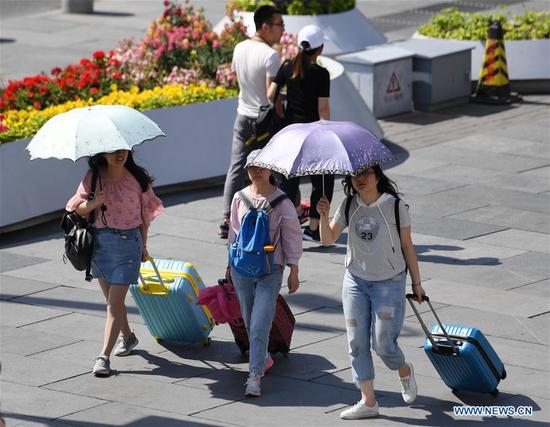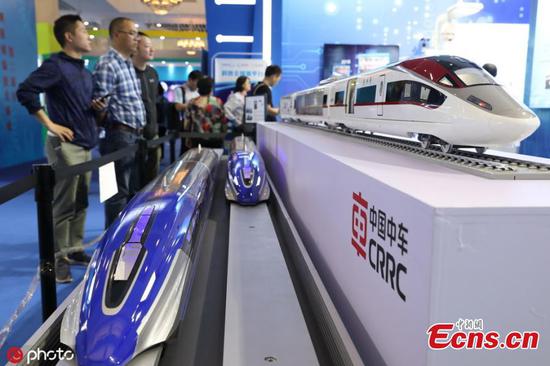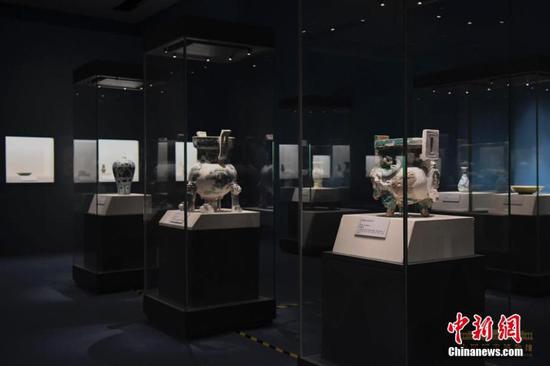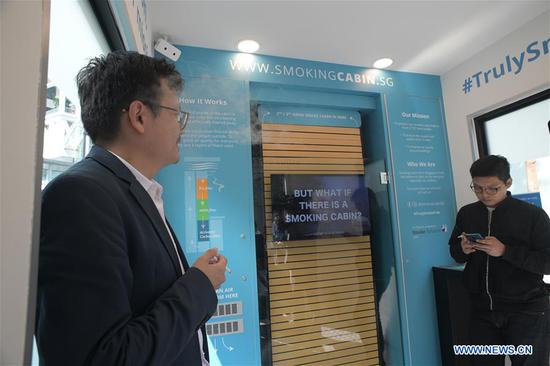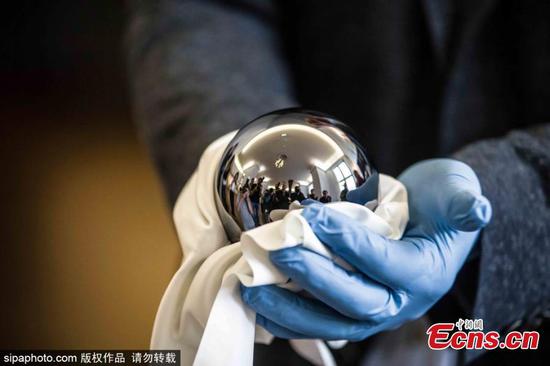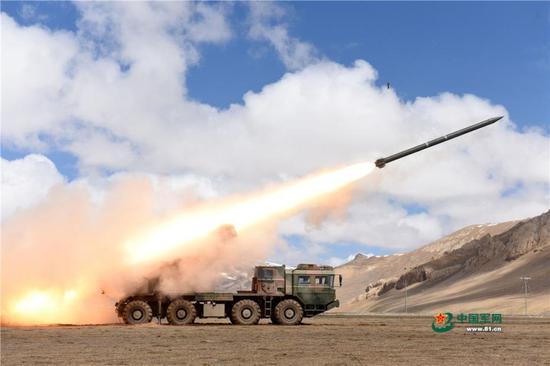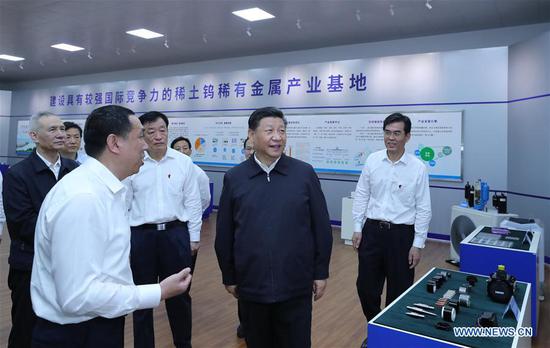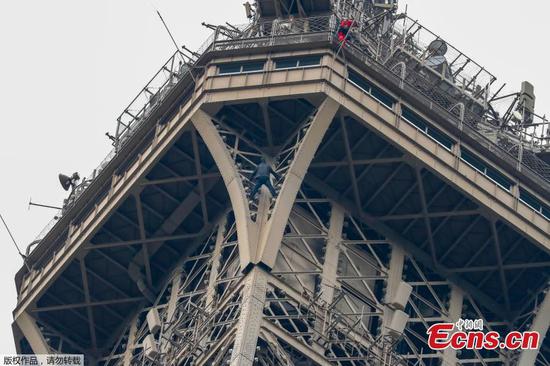
(Photo/Video screenshot)
With today's speech recognition technology, the boom of the translation machine has brought communication to a new level.
English, Spanish, Chinese, no matter what languages you speak, as long as you can talk, there is always an app that can convert your conversation into the target one. But for the deaf and hearing-impaired community, technology options are limited.
Status quo
The WHO data shows around 466 million people worldwide have disabling hearing loss, and it is estimated that the number will climb to over 900 million by 2050.
Meanwhile, according to the data estimated by the Beijing Society of Audiology in 2017, the number of people with hearing problems in China has reached about 72 million, accounting for over five percent of the total population.
Communicating is sign language is key when connecting with someone who is deaf or hard of hearing, but not everyone knows sign language. What happens when a hearing-impaired person is at the airports, train stations or other public places and is unable to communicate? What should they do?
Tencent's answer of Tech for Good
An AI sign language translation platform developed by Tencent YouTu Lab is ready to serve the people with hearing-impaired problems, the company announced last week.
"By working with Accessibility Research Association in Shenzhen, China, the platform now has a database of 900 Chinese sign language phrases, covering almost one thousand expressions. It aims to build a barrier-free bridge between deaf-mutes and the non-disabled people," one of the staff members told CGTN.
"Users only need to sign in front of a white background, the camera in front of them can capture the gestures and the body movement in real time, and translate them into texts without any other assistance," Tencent employee explained.
One of the innovations of the platform is its sentences-based recognition and translation capability. Users can express themselves in a constant flow without the need to slow down or make deliberately pause.
The staff also introduced the core technology behind-the Sign Language Recognition (SLR).
It's widely known among the linguists that every language tree has more than one branches. Dialects and various forms of expression on one thing make the data collection and recognition process much harder to realize.
But based on the knowledge and experiences accumulated from gesture, movement recognition and the sequence translation technology, SLR algorithm has already tackled the difficulties caused by regional disparity and language diversity.
According to the lab, the platform is not available on the market but will soon be put into place in some public service halls, government offices, airports, etc. as the initial trials.
They said the technology is still in the early stage; a lot of improvements have to be done for further application.










